Researchers often face the challenge of engaging audiences beyond our academic circles. Our recent overhaul of the CURIOUS Scientists 🎙️ Podcast offers insights on this front:
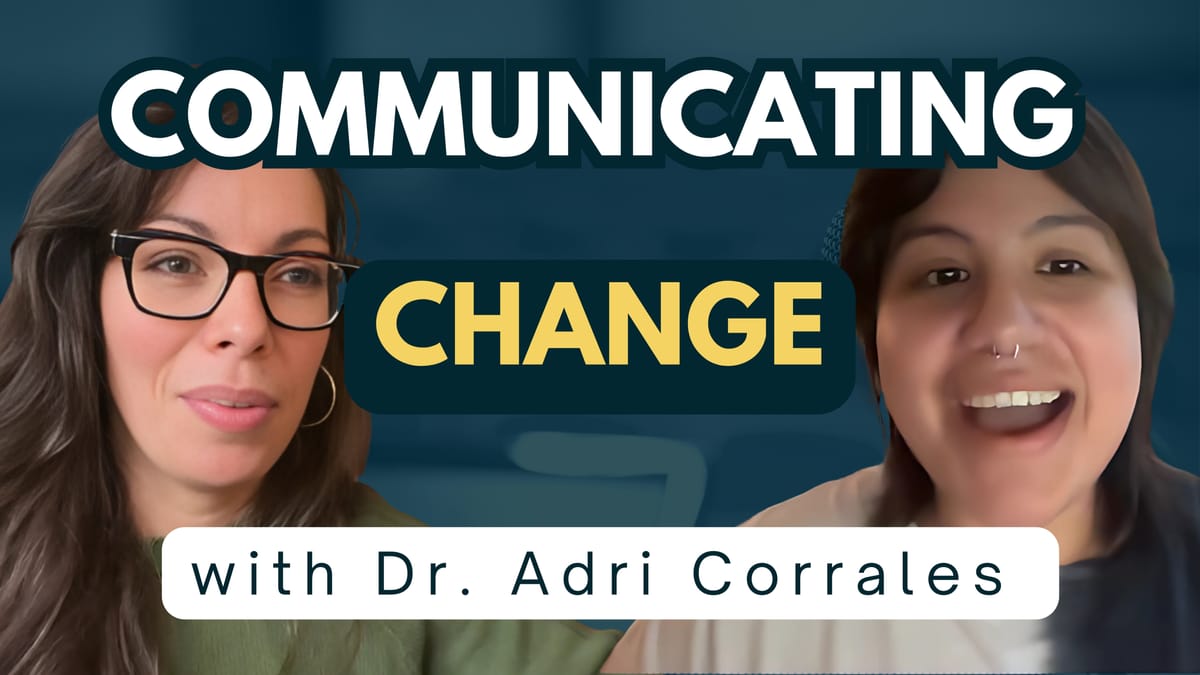
Key Takeaways for Impactful Science Communication:
1️⃣ Embrace diverse formats: We've adopted engaging elements like quick-cut edits and sneak peeks inspired by popular podcasts outside the scientific realm. You can help you present your research in a more dynamic and accessible way through storytelling:
🔗 Make a connection: How can it answer a question for your audience? Which aspects of the study can they relate to? What do you relate to?
📖 Start in the middle of the story (... the vial exploded!) rather than at the beginning (one day, in the lab...).

2️⃣ Prioritize accessibility: We've made our content more inclusive by providing edited SRT transcripts. Consider how you can make your research outputs more accessible to diverse audiences:
📽️ Provide slides in advance ㏄ Turn on closed captions 🎨 Use accessible colors
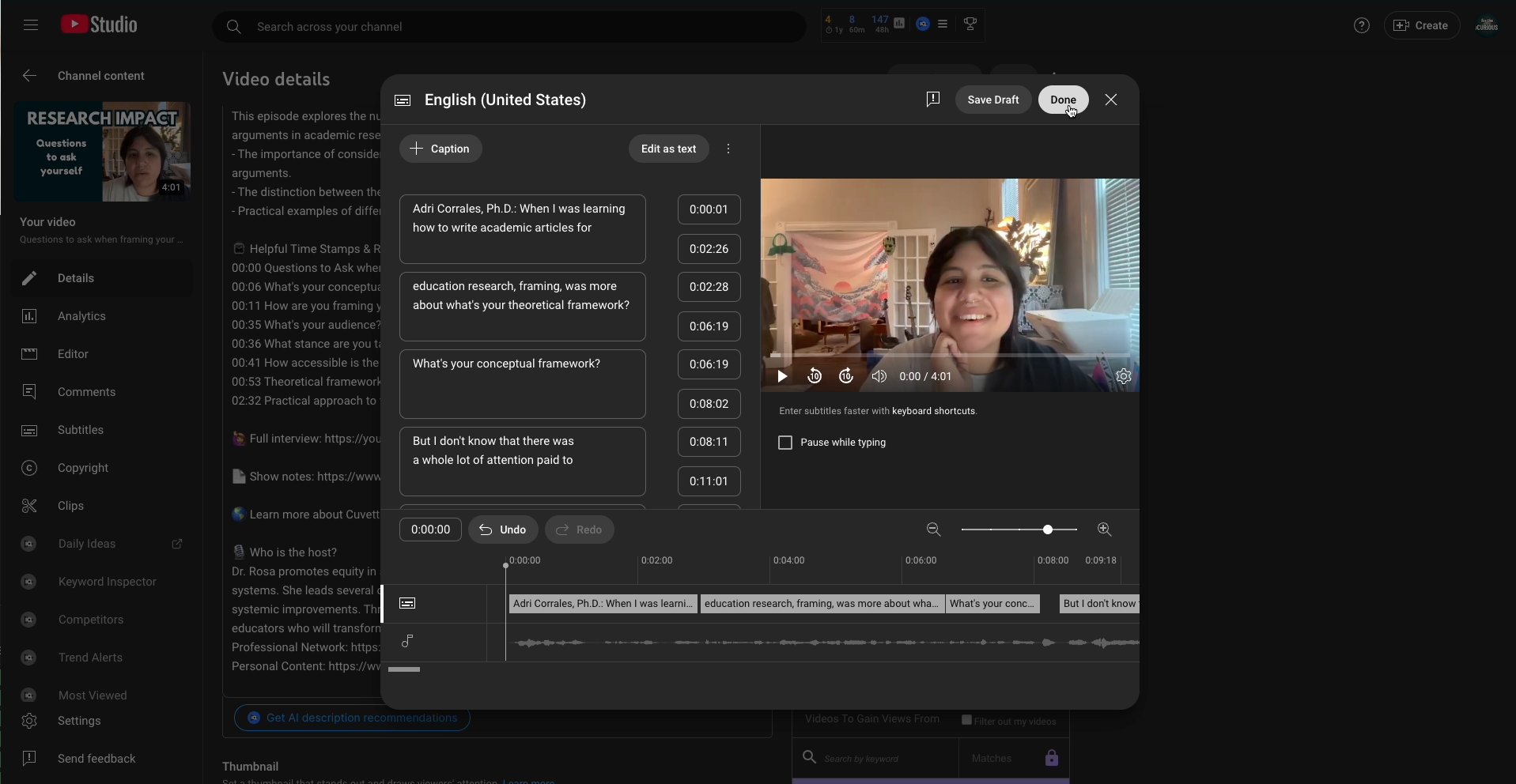
3️⃣ Expand your reach: We've made the podcast available across multiple platforms (YouTube, Spotify, Apple Music, iHeartRadio). Similarly, think about diversifying the channels through which you share your work:
📊 infographics 🎥 videos 🎙️ podcasts 📸 photos 🤳🏽 short posts 🗝️ key points
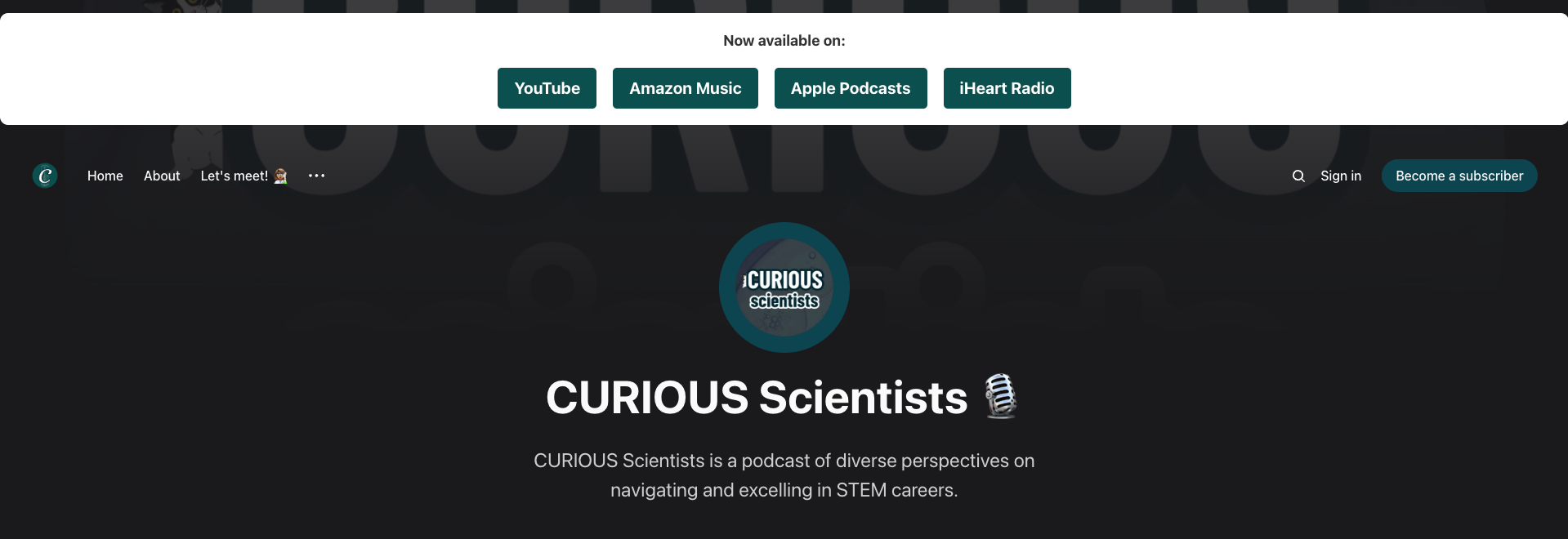
4️⃣ Engage your audience: We seek input on topics and speakers. This two-way communication can help ensure your research resonates with your target audience.
You could do the same by getting feedback from your colleagues, conference talk attendees, and friends (choose wisely!).
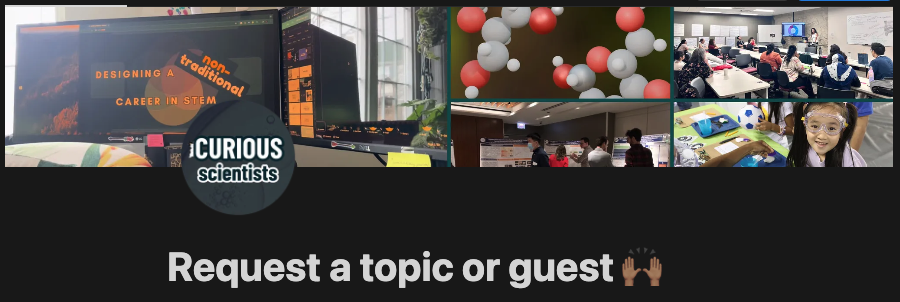
By applying these strategies, not necessarily to a podcast but to your work overall, you can transform how you communicate your science, making it more engaging, accessible, and impactful.
I can't wait to hear from you.
Communicatively yours,
Vanessa Rosa, Ph.D.
📣 P.S. Don't forget to subscribe to the CURIOUS Scientists 🎙️ Podcast if you haven't already. You won't want to miss these diverse perspectives on navigating and excelling in STEM careers:
- Helping Undergraduates Navigate Research Experiences with colleagues across George Mason University’s NOBCChE Chapter (Xia Parkes, Kylia Butler, and Brandon Speed), NSF Centers for Chemical Innovation (Mike Schwartz, Ph.D., Jennifer Poo, M.A., Marissa Elena Yáñez, PhD), and Ashley Wallace, Ph.D. of the NSF Science and Technology’s Center for Engineering MechanoBiology.
- The Practitioner’s Side of the Research-Practice Gap with Ryan Johnson
- Lessons learned from Teaching Postsecondary STEM Through E-Learning with Drs. Evelyn Boyd, Bridget Trogden, Claire Dancz, Shannon Stefl, and Karen High
- Navigating Alt-Academic Careers with Drs. Melissa Collini, Morgan Howe, and Adri Corrales.
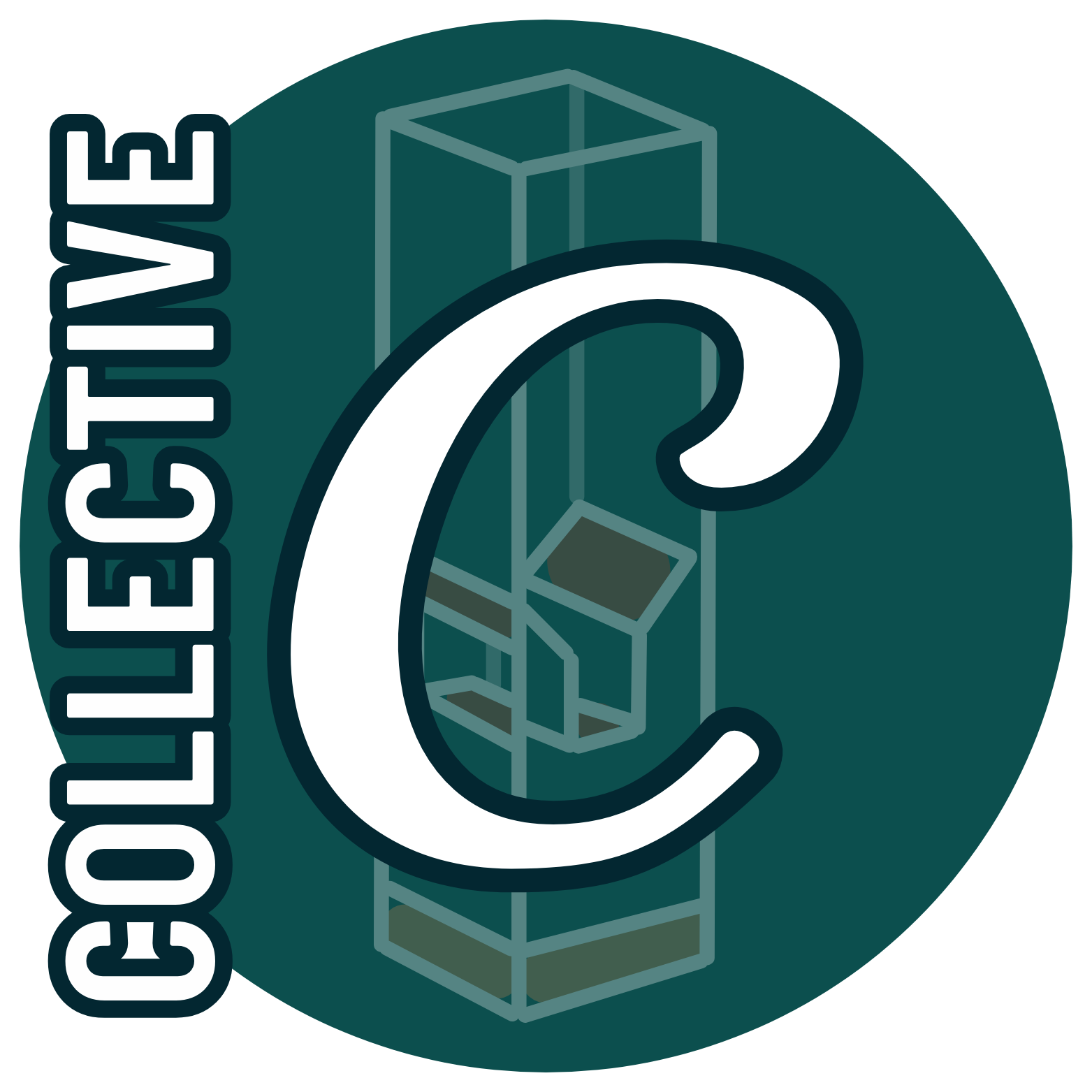
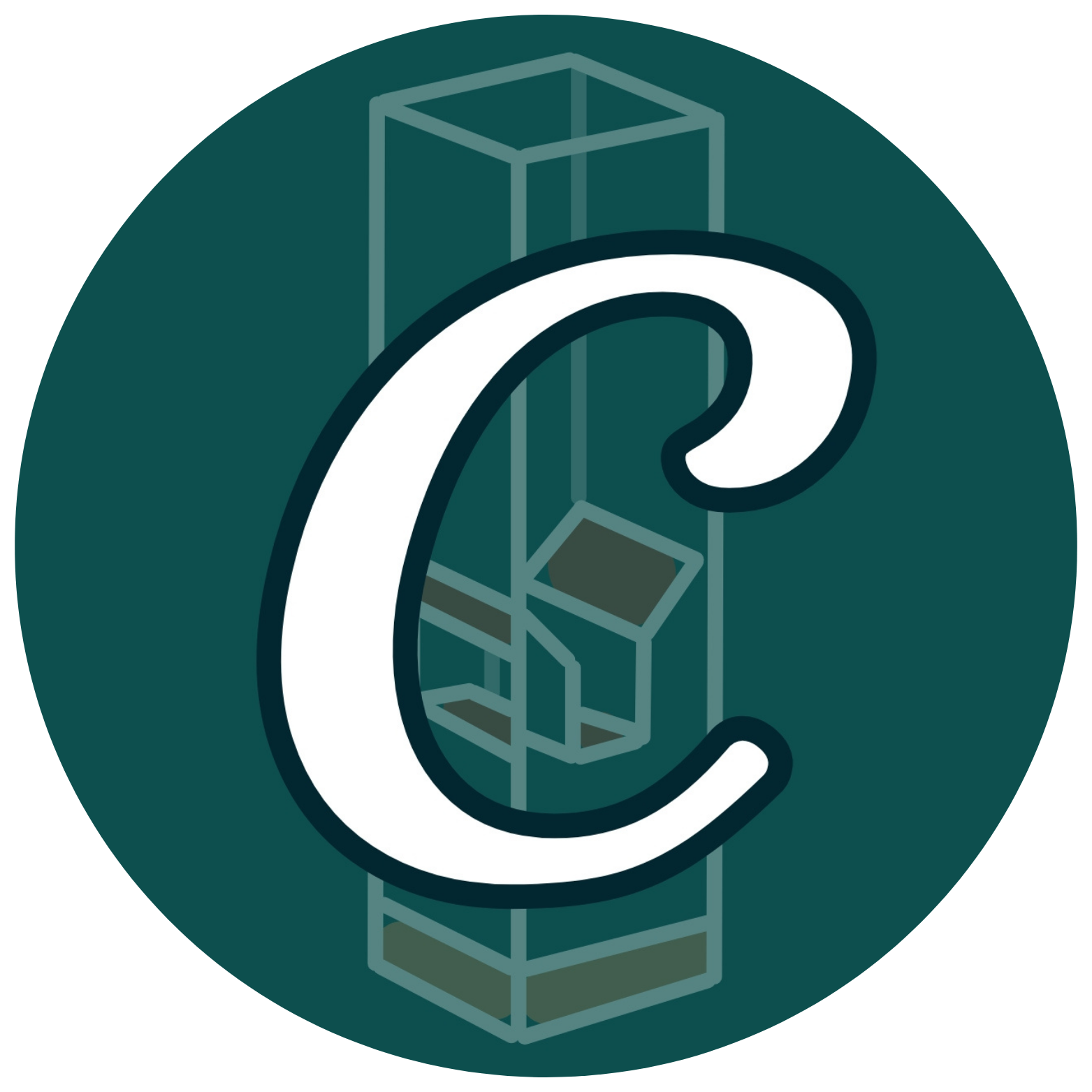
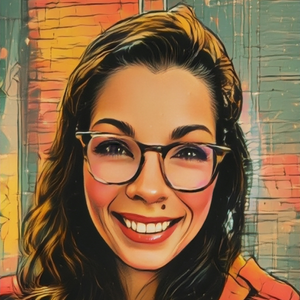
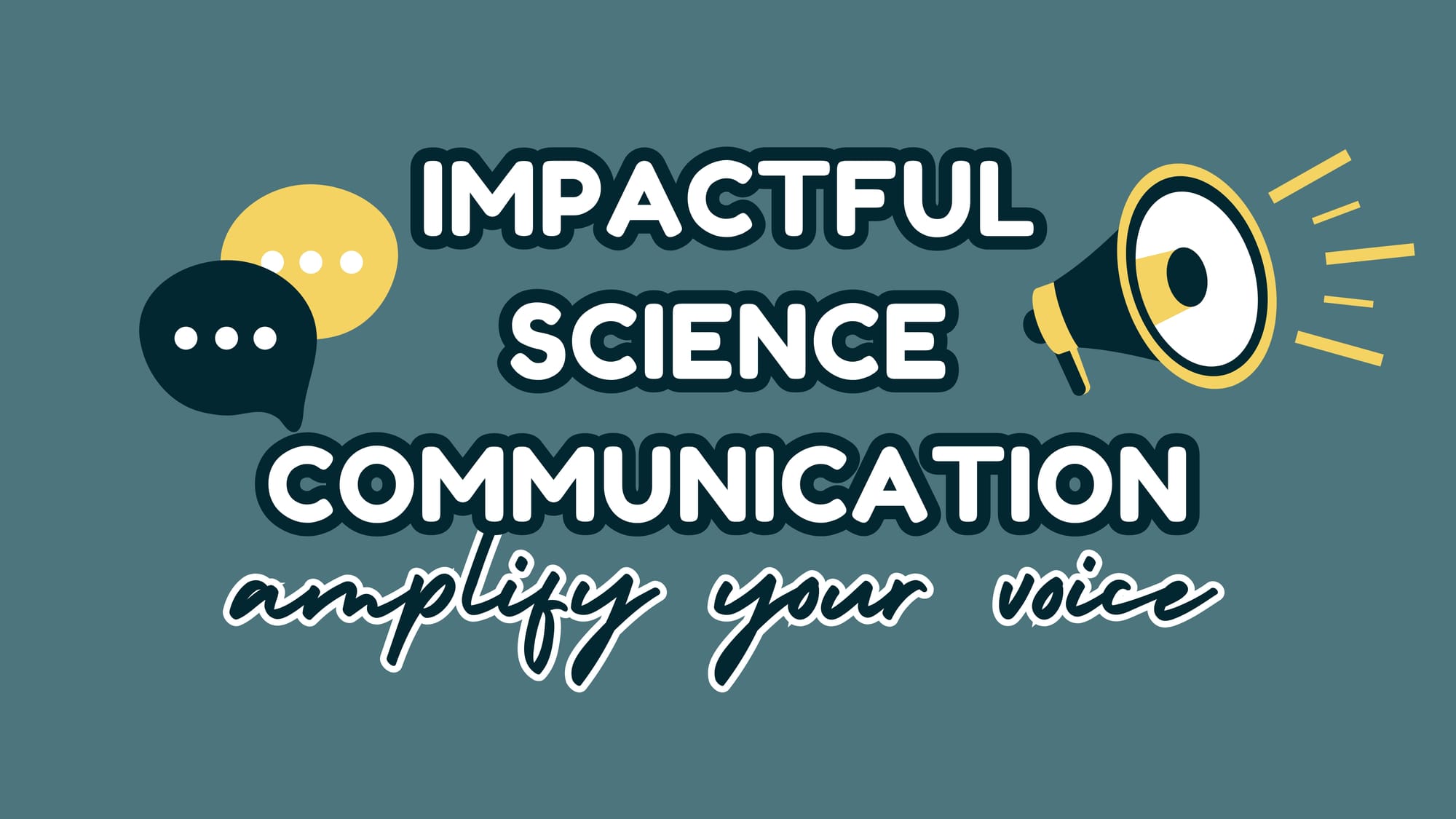
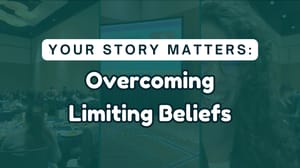


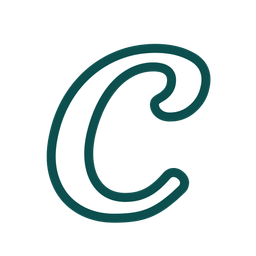
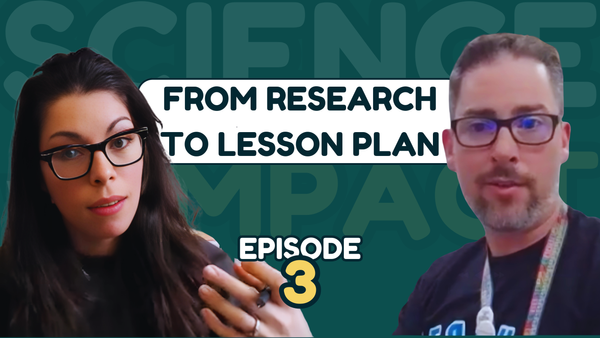


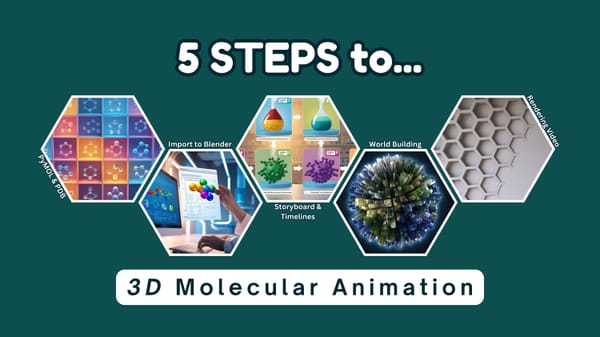
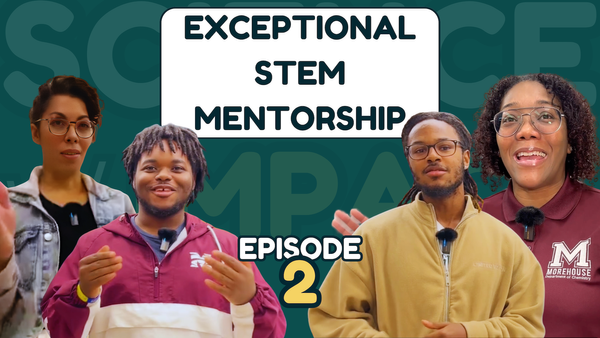
Member discussion